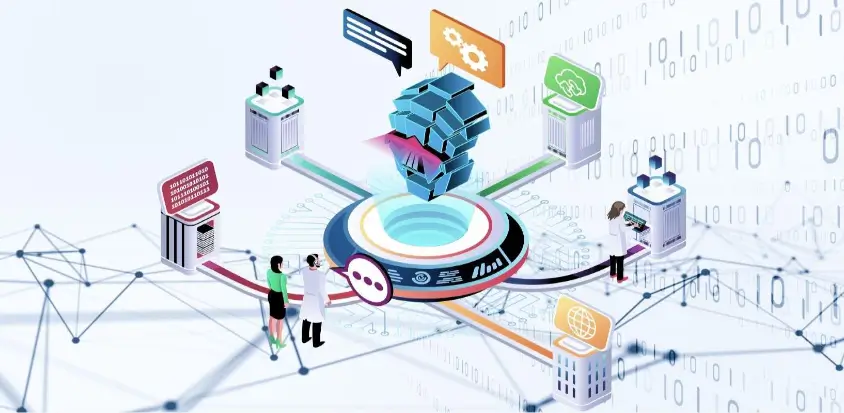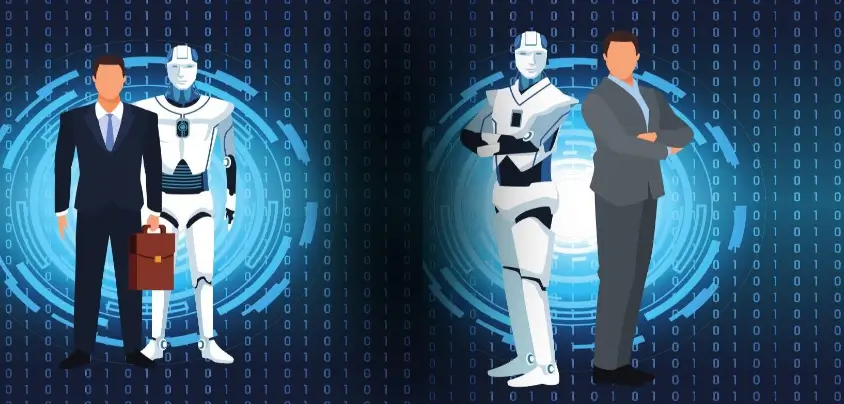
A promising technology facing major challenges
Deepfakes – hyper-realistic audiovisual content generated by artificial intelligence (AI) – are attracting growing interest, albeit with a certain amount of trepidation. On the one hand, their creative potential is undeniable, opening up new perspectives in fields such as film, advertising and education. On the other, their misuse raises legitimate concerns about their potential impact on society.
Undeniable opportunities

Deepfakes offer a whole new range of possibilities for artistic expression. They make it possible to create content that would otherwise be impossible, pushing back the boundaries of the imaginationand stimulating innovation. Imagine being able to relive historical events in total immersion, or explore complex scientific concepts in a fun and interactive way.
In the field of communication, deepfakes can become powerful tools for capturing attention and delivering messages more effectively. Companies can create personalised, engaging marketing content, while non-profit organisations can raise awareness of their causes in a more impactful way.
Finally, deepfakes stimulate research into AI and machine learning, contributing to the advancement of these technologies and the exploration of new applications beneficial to society.
Risks not to be underestimated

Despite their promising potential, deepfakes are not without danger. Their ability to generate hyper-realistic content can be misused for malicious purposes, such as spreading false information, manipulating public opinion, damaging people’s reputations or even inciting violence.
Deepfakes can also be used for identity theft. A doctored video or audio can easily compromise a person’s reputation, or even jeopardise their safety. Imagine the consequences of a deepfake video showing a public figure making defamatory remarks or inciting hatred.
Deepfakes can also be used for fraudulent purposes, such as carrying out illegal financial transactions or extorting money. Indeed, it is becoming increasingly difficult to distinguish the real from the fake, making these technologies particularly dangerous in the wrong hands.
The advent of deepfakes presents us with a major challenge : that of harnessing their formidable potential while controlling the associated risks. This means putting in place clear legal and ethical safeguards, developing effective tools for detecting and verifying deepfakes, and educating the public about these new technologies.

